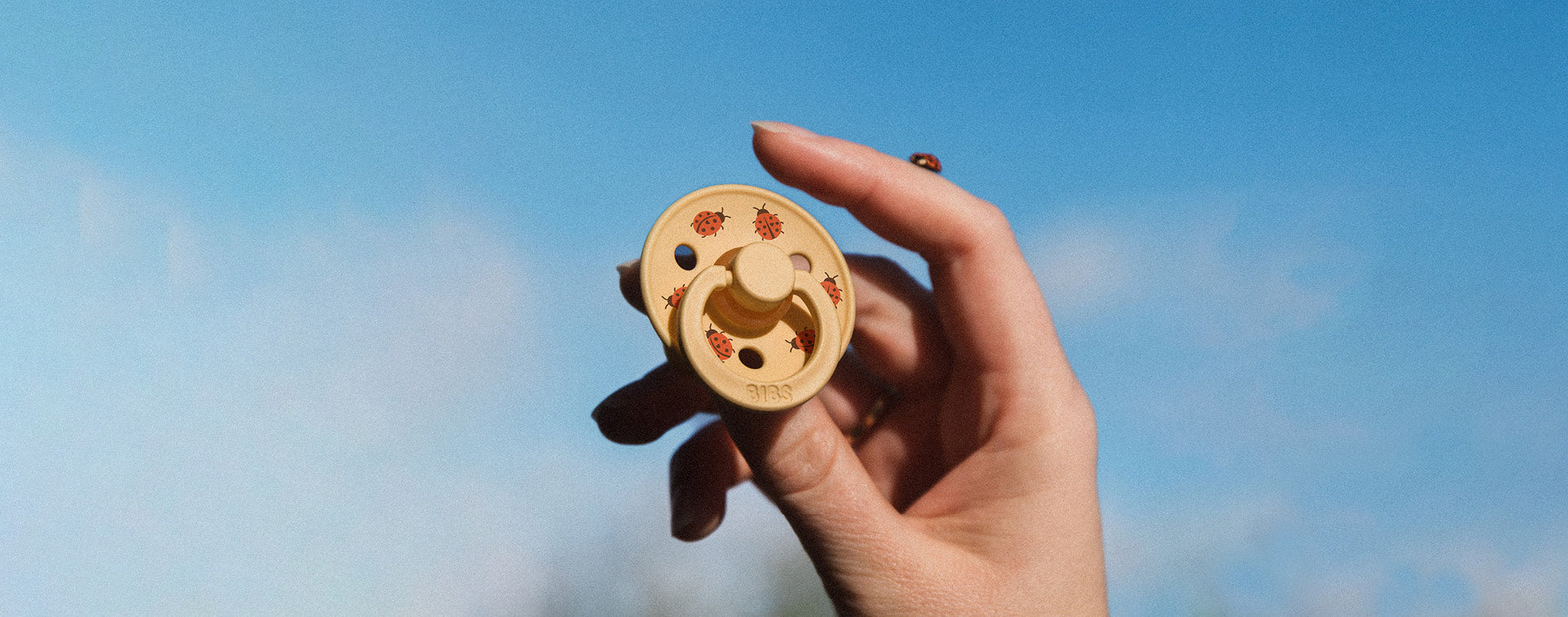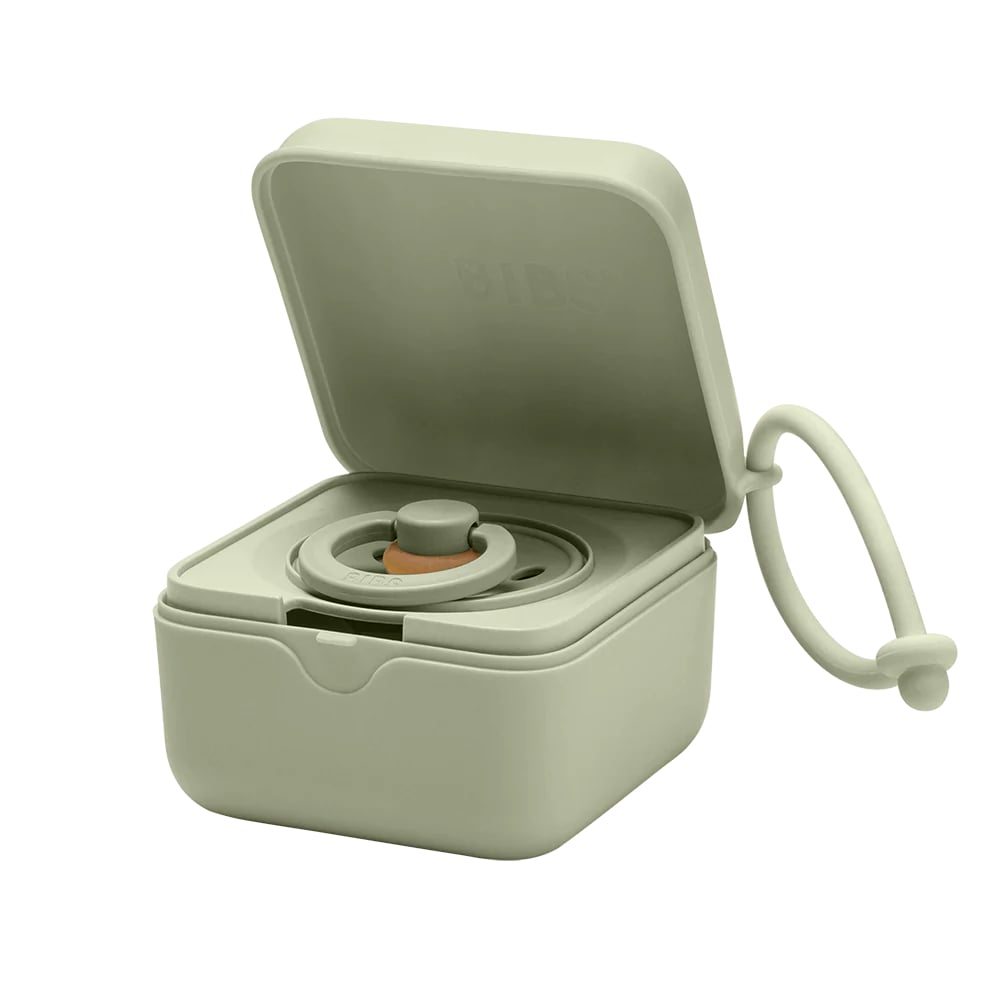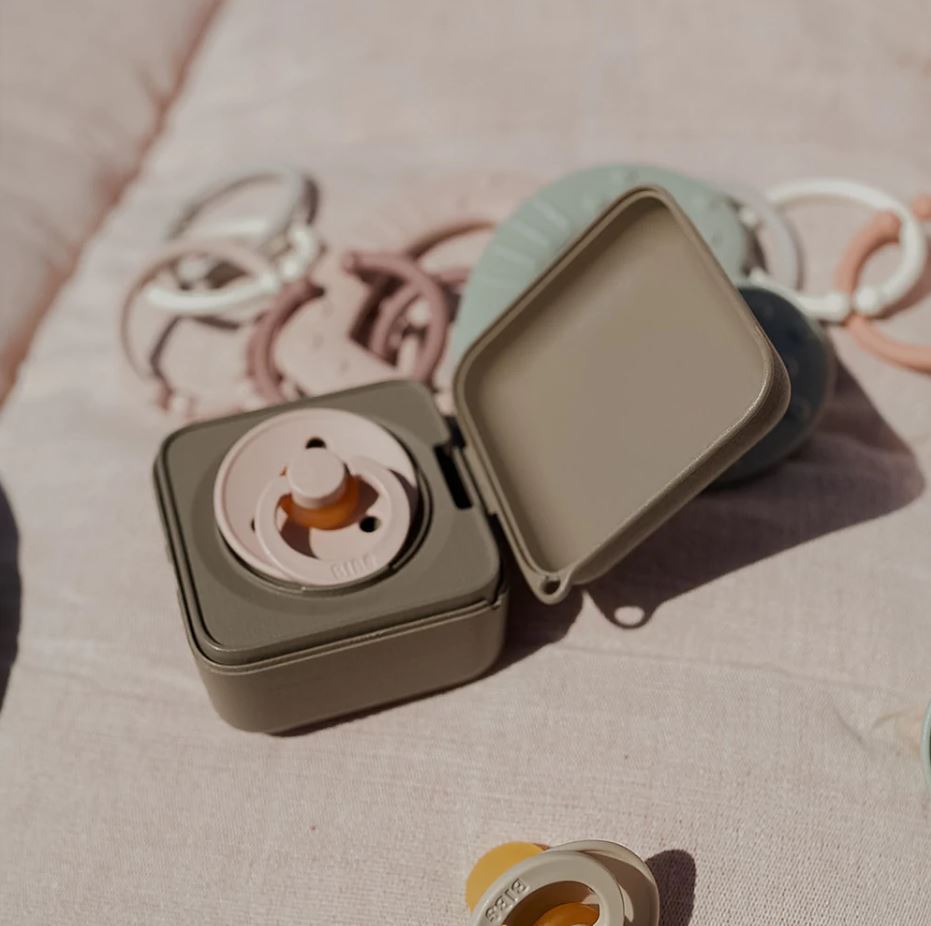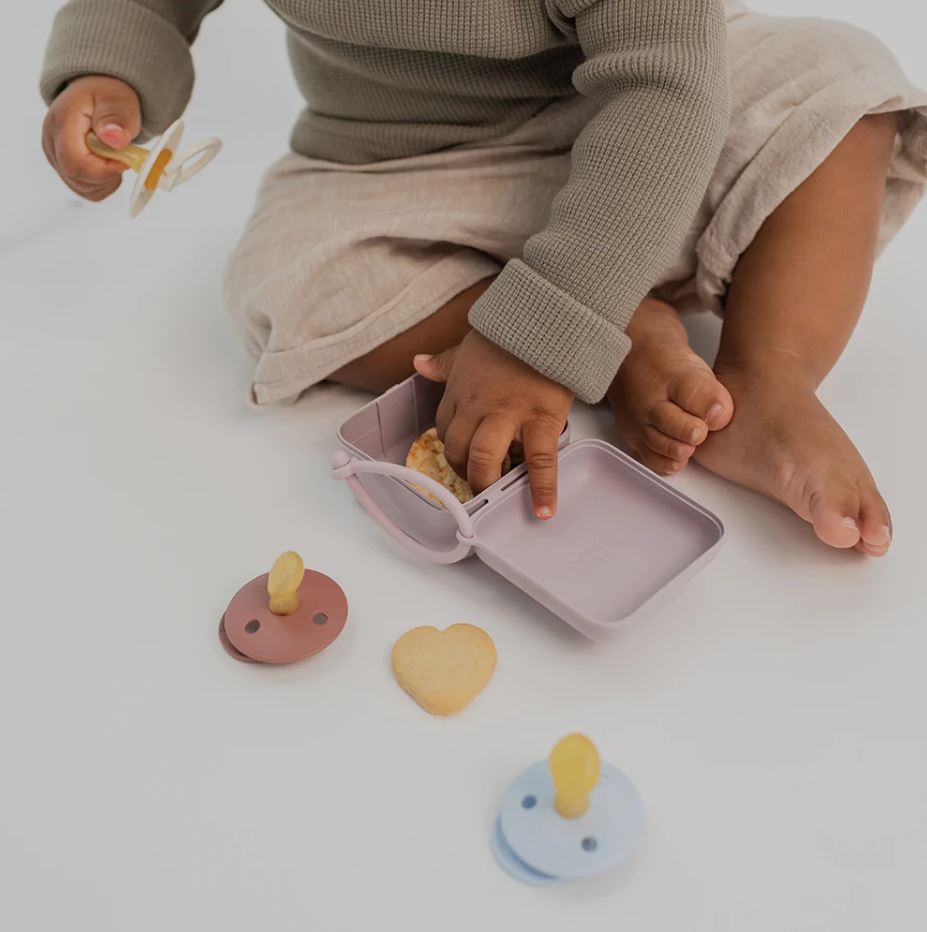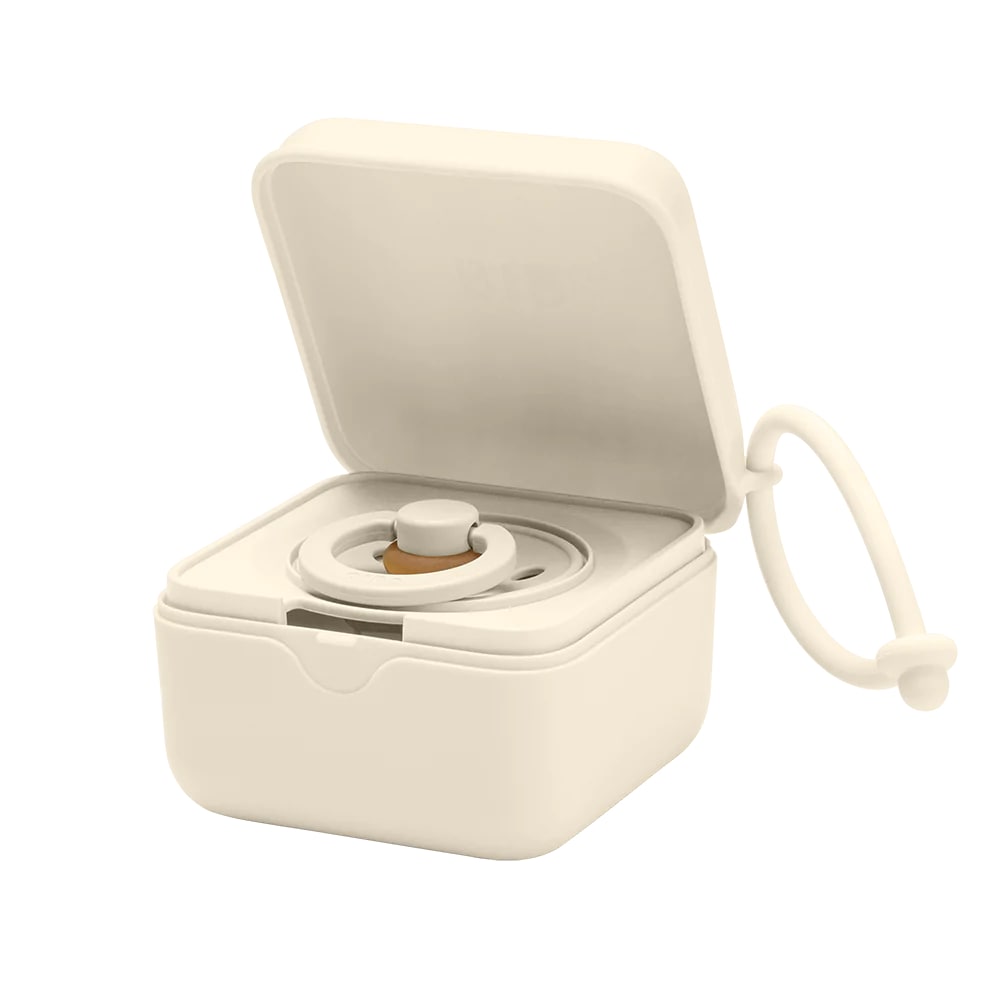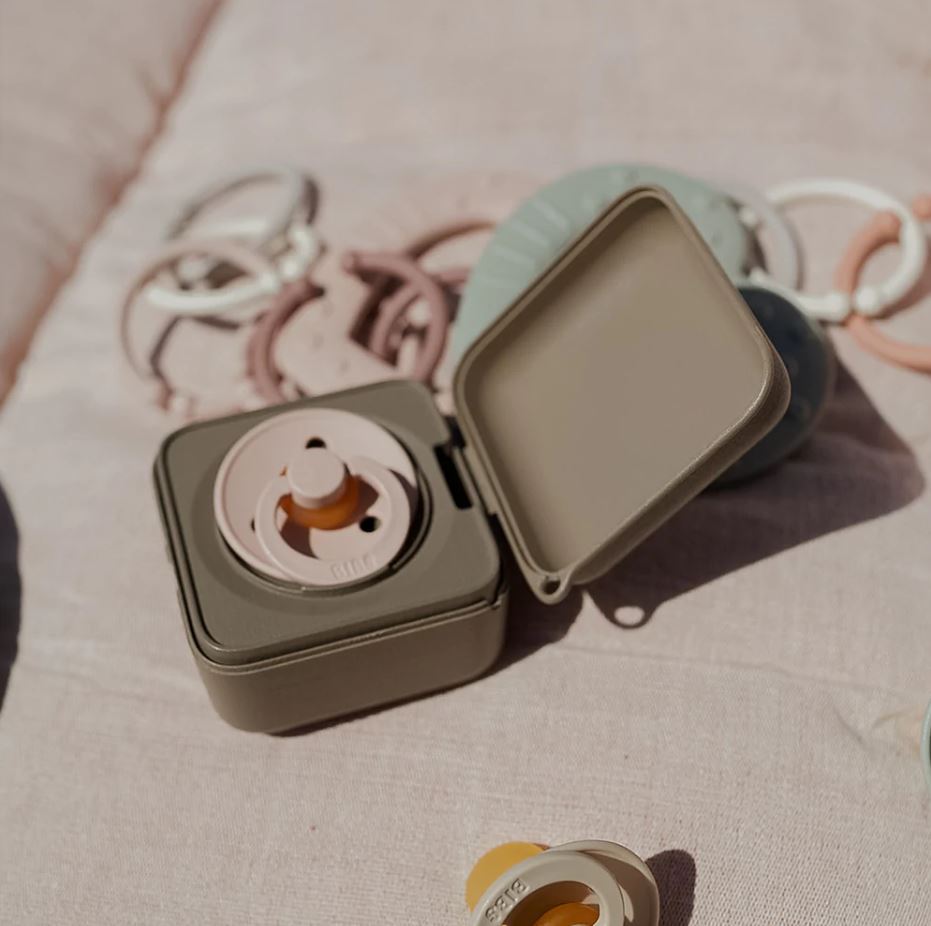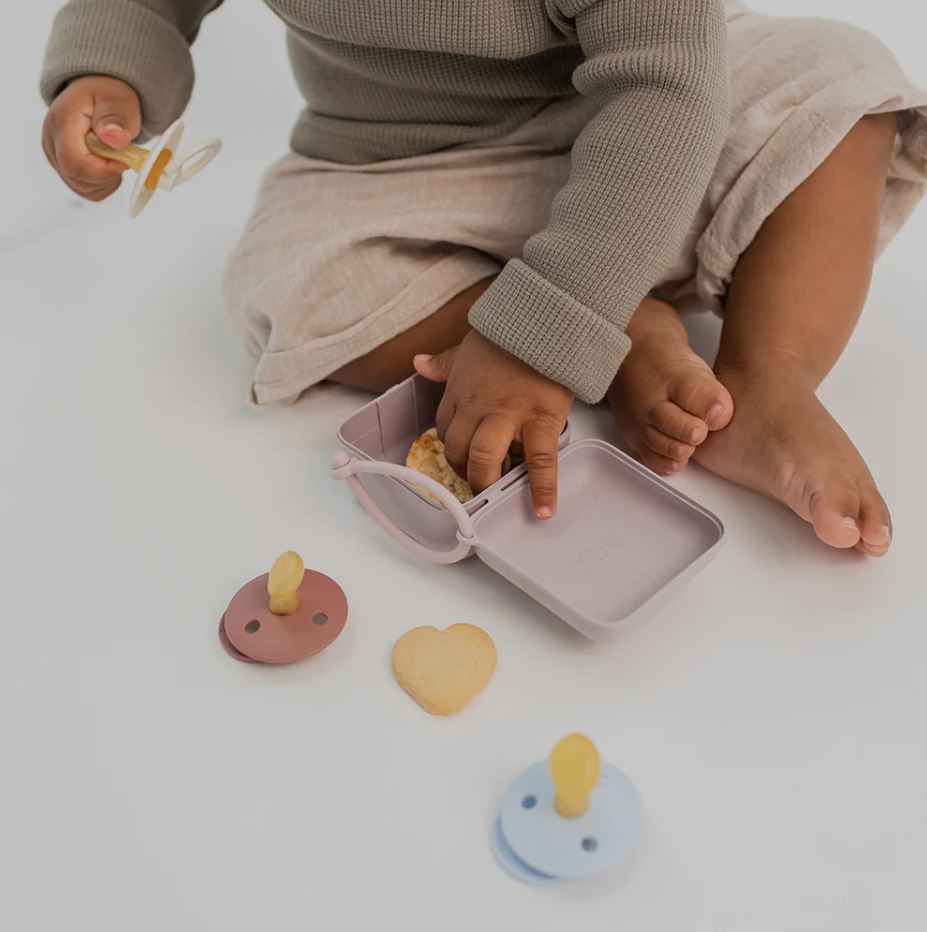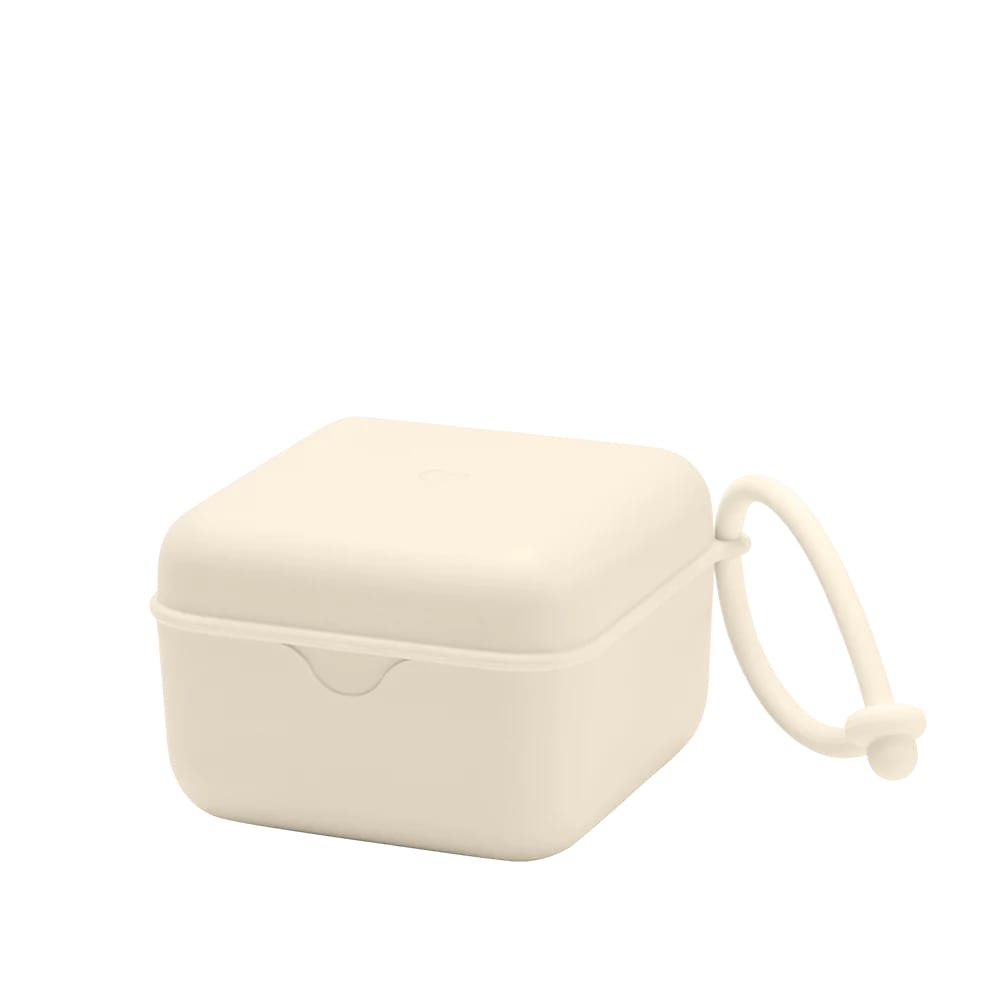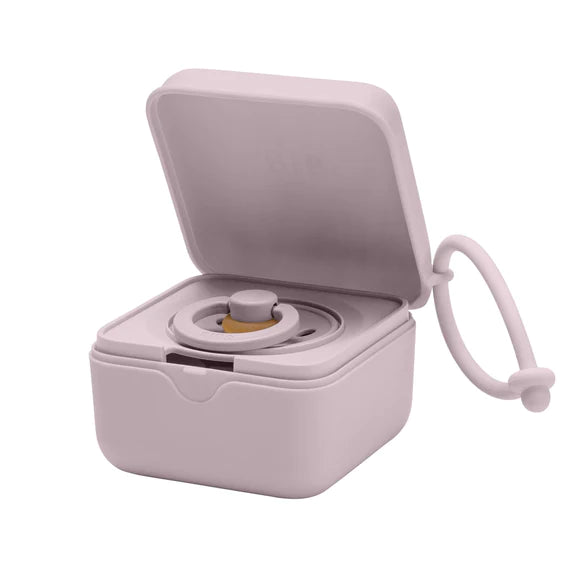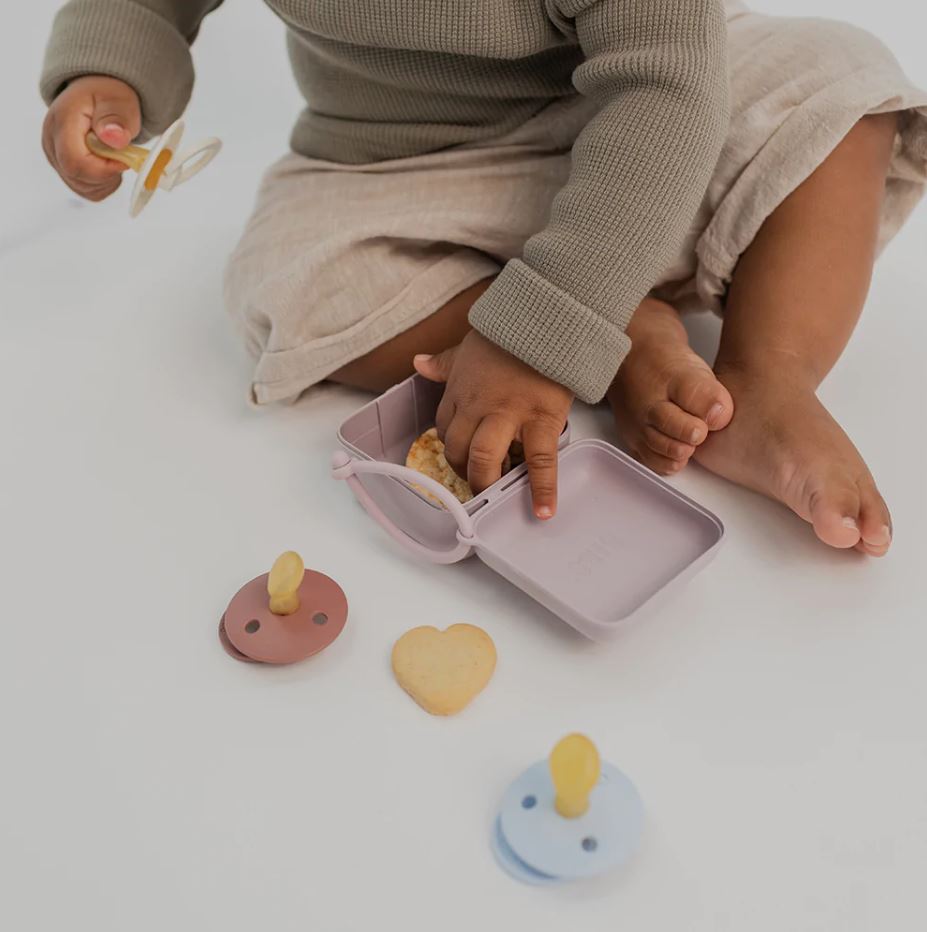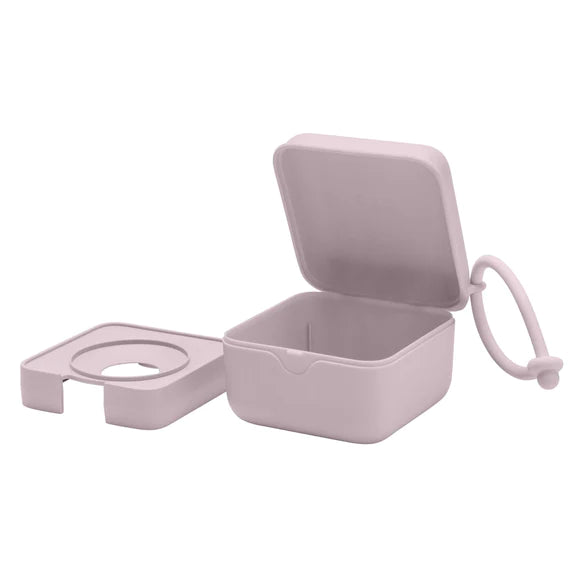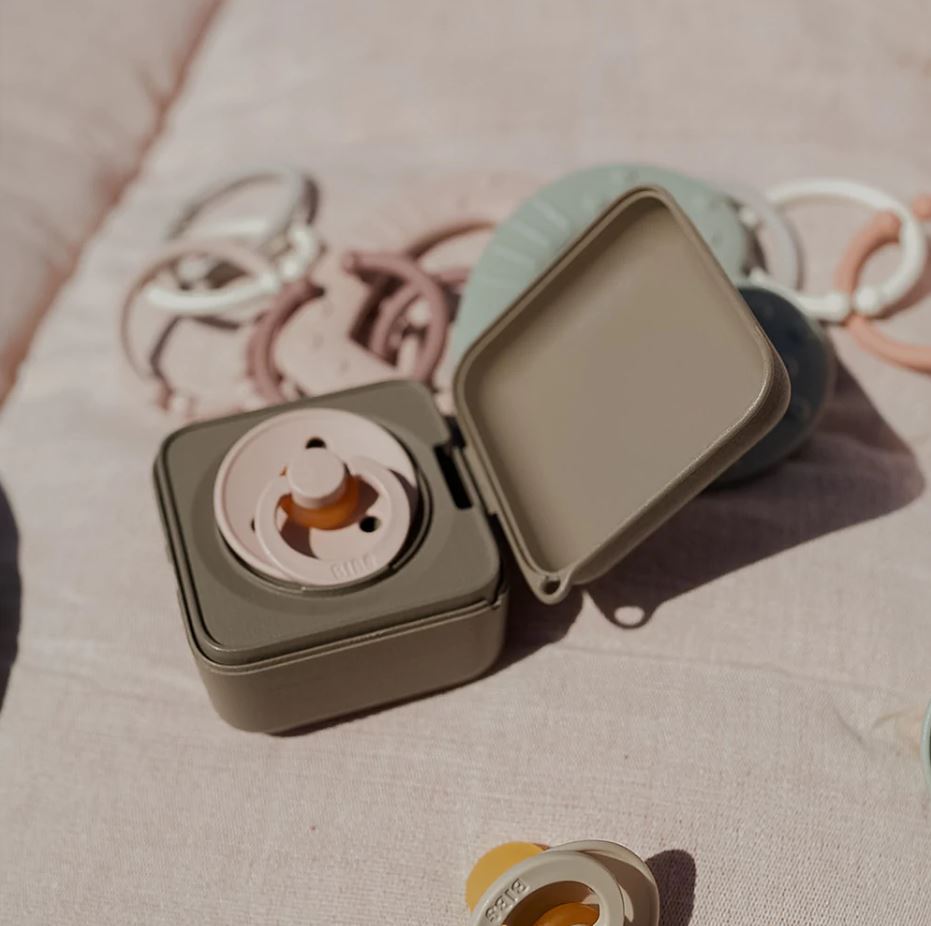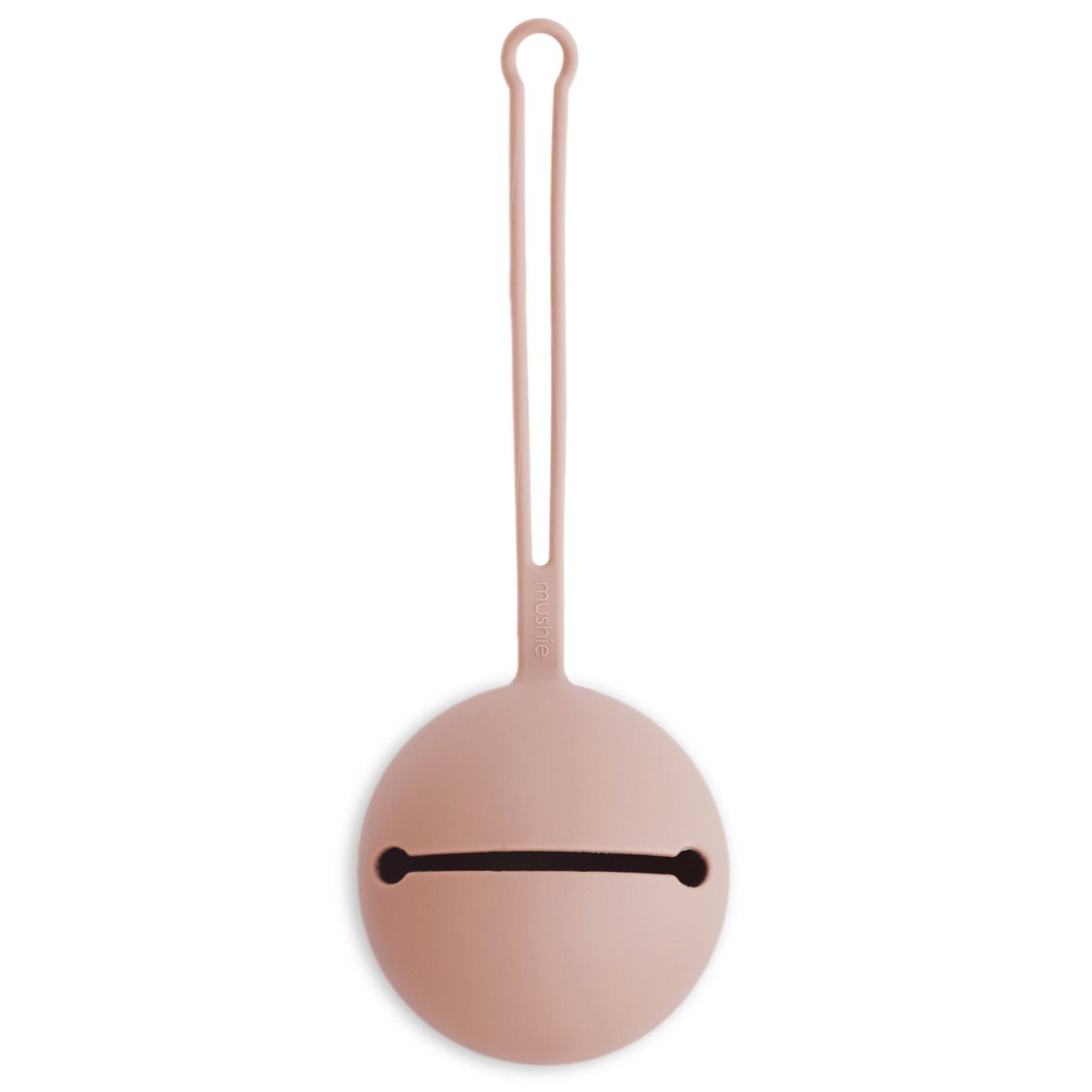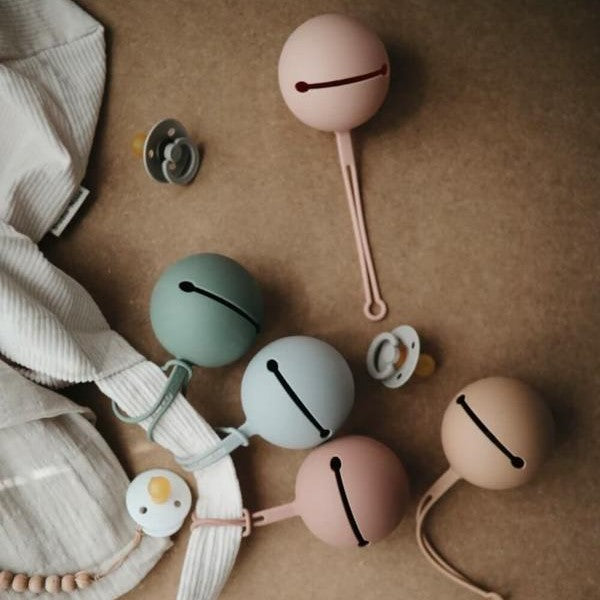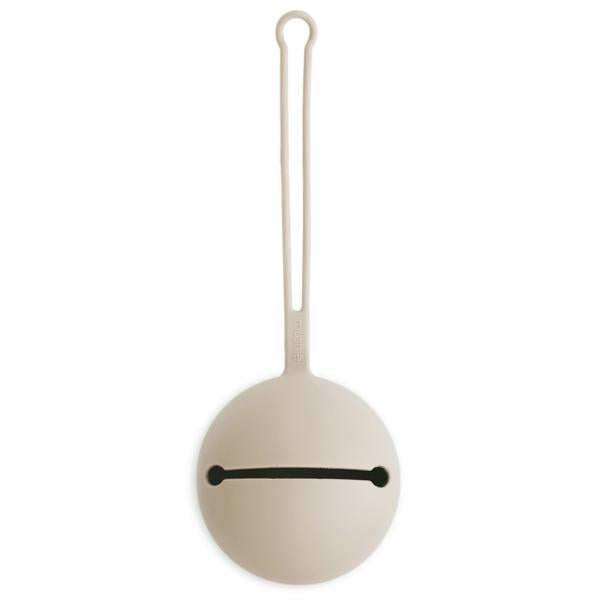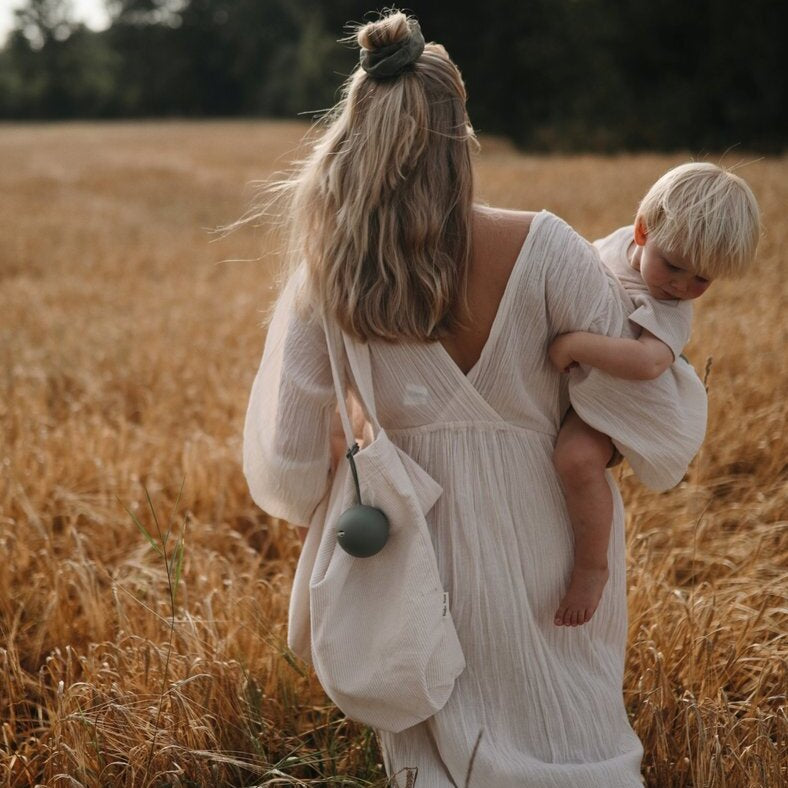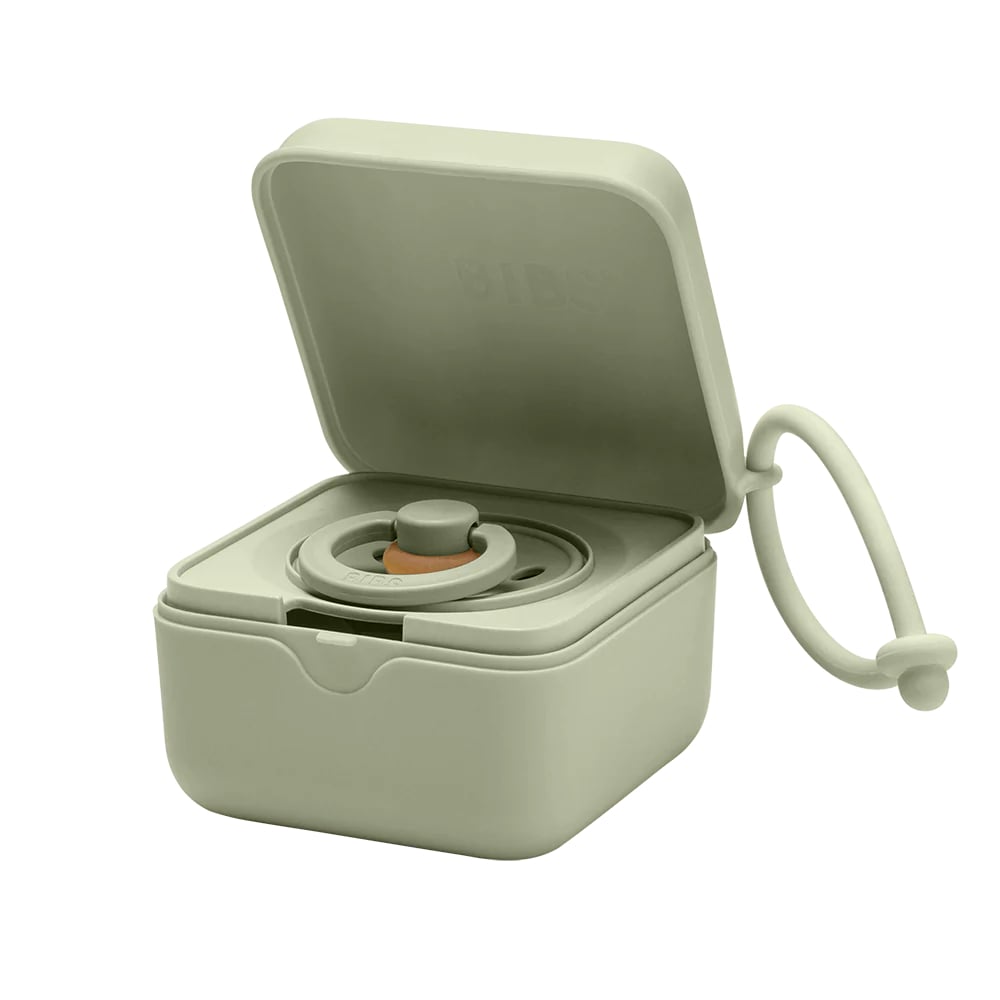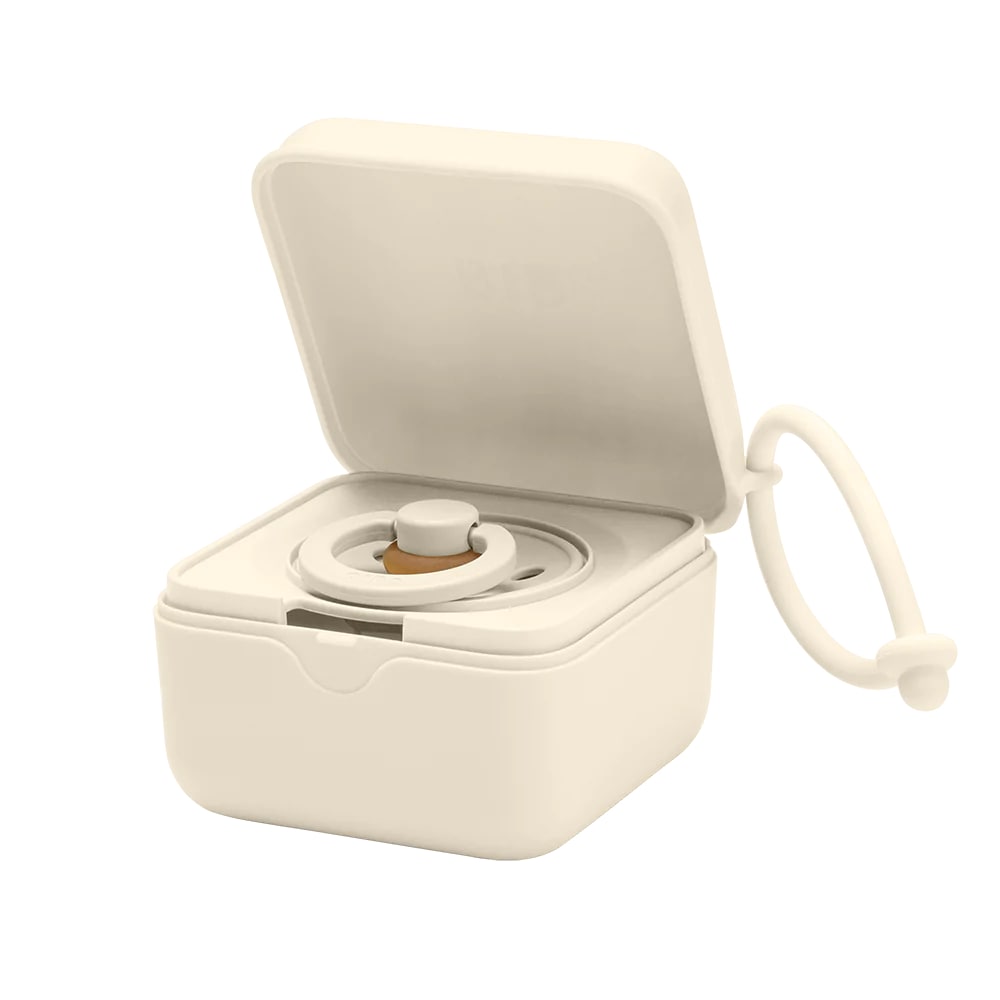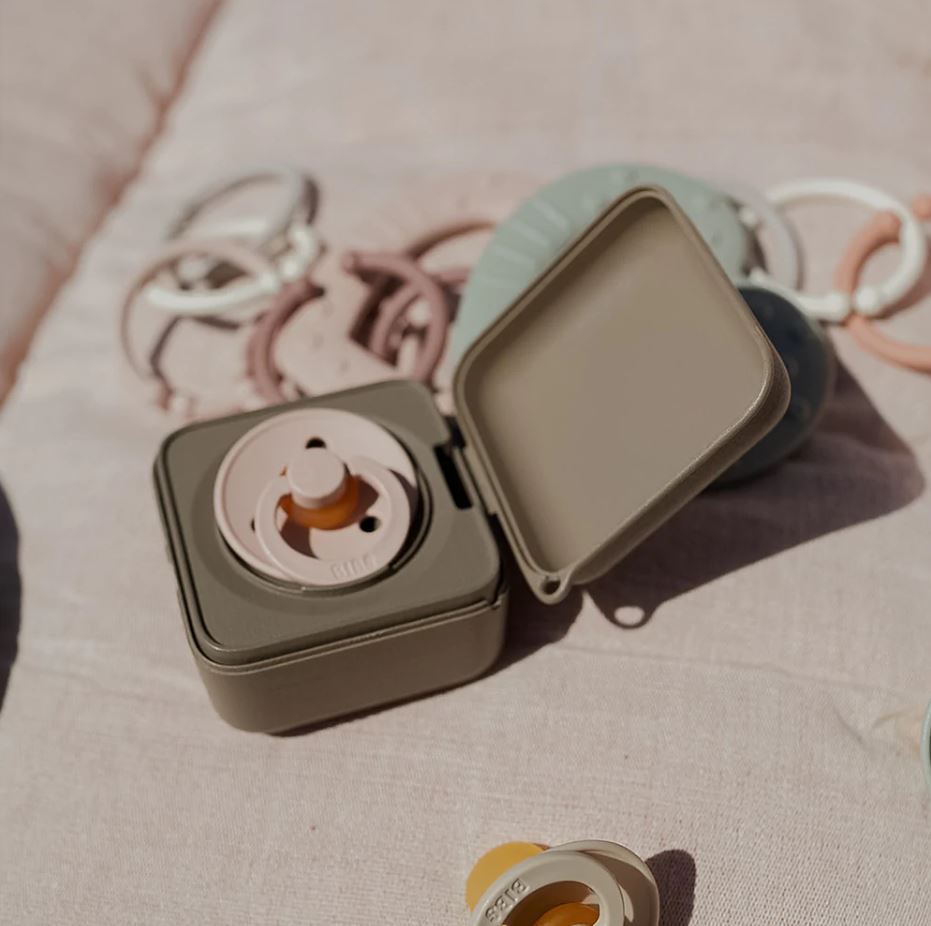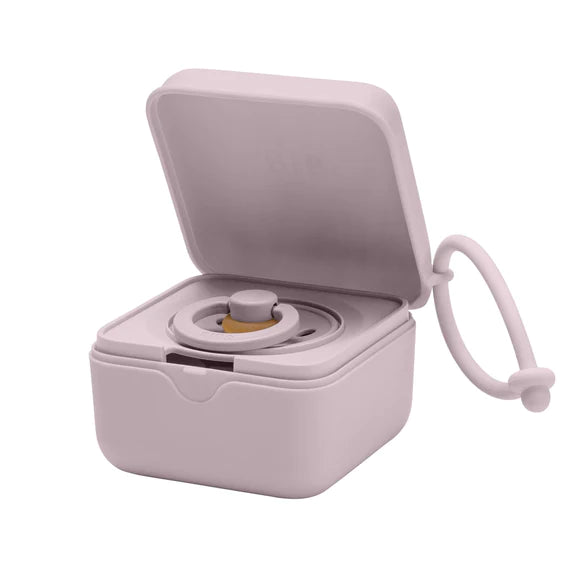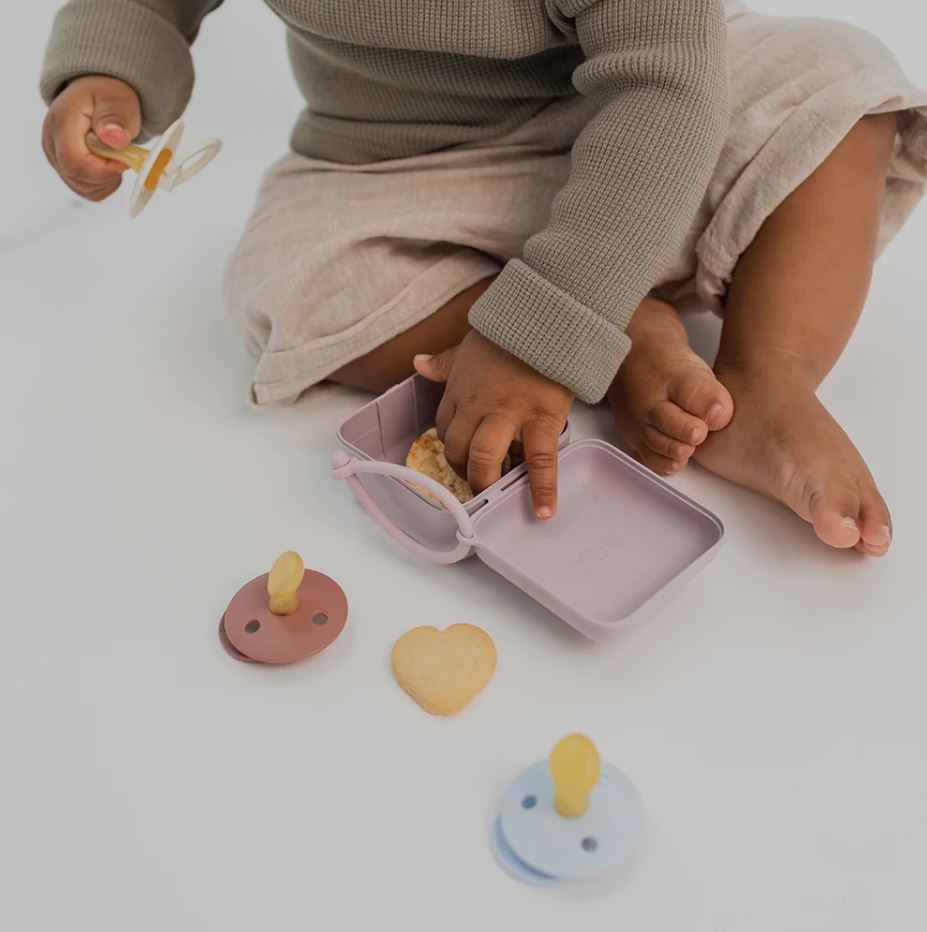Finding the Right Pacifier for Your Baby
From grumpy baby to soothed and settled, a pacifier can feel like magic in those early days. Whether you call it a dummy, binky, soother, or simply your lifesaver, this little item can offer big comfort – and sometimes even buy you a bit of peace and quiet. 👶🍼
As with many parenting decisions, pacifier use can spark a lot of opinions. But the good news? Whether you choose to use one or not is entirely up to you.
Why use a pacifier?
Pacifiers are designed to mimic a mother’s nipple and can instantly calm a fussy baby, helping them drift off to sleep, feel soothed between feeds, or stay content during a car ride or outing. If you’re hoping to stretch out time between night feeds, offering a pacifier can be a helpful strategy too.
Some research suggests pacifier use may reduce the risk of SIDS (Sudden Infant Death Syndrome), though not all babies take to them. If your little one isn’t interested, there’s no need to force it – every baby has their own preferences.
When should I introduce one?
If you’re bottle-feeding, you can introduce a pacifier whenever you feel ready. If you’re breastfeeding, it’s generally recommended to wait until around 4 weeks – just to give your baby time to establish a solid latch without confusion.
Most babies will let you know when they’re keen – usually after a feed or when they’re settling to sleep. And if it’s not the right time, don’t worry. They’re excellent at spitting it out!
How to choose the right pacifier
Trial and error is often your best guide when it comes to pacifiers. Babies can be picky – what works for one might not work for another. At Dimples we offer a wide selection of shapes, sizes and materials to help you find the perfect match.
Here are a few things to consider:
- Material: Latex is a natural rubber that’s soft and flexible – ideal for newborns. It does have a shorter lifespan and should be replaced every six weeks. Silicone is more durable, easy to clean, and tends to last longer. Always inspect pacifiers regularly for cracks or wear.
- Shape: Rounded nipples are usually preferred by breastfed babies as they mimic the motion of breastfeeding and can help avoid nipple confusion. Orthodontic nipples feature a flattened bottom and rounded top to support the natural development of your baby’s jaw and palate.
- Size: Choose a pacifier suited to your baby’s age – from newborn through to 18 months+. A good fit reduces choking risks and makes the experience more comfortable.
- Hygiene & comfort: Look for pacifiers with air holes and a curved shield to reduce skin irritation. Dishwasher-safe options and machine-washable materials make cleaning simpler.
Pacifiers at Dimples 🐝
We stock a carefully chosen range of quality pacifiers, including:
- Frigg – With a stylish Scandinavian look, Frigg pacifiers come in both classic and daisy-shaped shields. The rounded cherry-shaped nipple and outward curve help keep the pacifier off baby’s skin. Available in two sizes: 0–6 months and 6–18 months, and a wide range of clean aesthetic colours and shapes.
- BIBS – These iconic Danish pacifiers are made with 100% natural latex rubber, and feature a retro-style shield and nipple. Their outward-facing design helps reduce skin irritation. Available in two sizes: 0–6 months and 6–18 months with an extensive and super fun colour range in-store and online.
- NUK – These are made from 100% sustainable materials using a certified mass balance approach, making them a great choice for eco-conscious parents. The original shape is inspired by nature to support healthy oral development while being particularly soft, breastfeeding-friendly, and soothing for 99% of babies, including a smaller size 0 for tiny newborns.
Don’t forget a pacifier clip and holder!
Babies are total experts at making things disappear. Pacifier clips help keep dummies close by and off the ground (or out of the abyss under the car seat) and can help to keep them cleaner, for longer. Mushie and Bibs both make a stylish range of clips. You don't have to sacrifice looks for practicality – you can even match them to your baby’s outfit! Shop our range of accessories here.
When it's time to say goodbye 👋
Eventually, the pacifier days will come to an end. Phasing it out around 6–7 months can make the transition smoother – it’s before strong emotional attachment sets in, and the SIDS risk has decreased. But if your toddler keeps one a little longer, don’t panic. As long as they’re not using it all day and night, there’s minimal risk to their speech or dental development.
Final thoughts
If a pacifier brings comfort to your baby (and sanity to you), go for it. Just aim for moderation – using it for sleep times or moments of fussiness will make the habit easier to break when the time comes.


